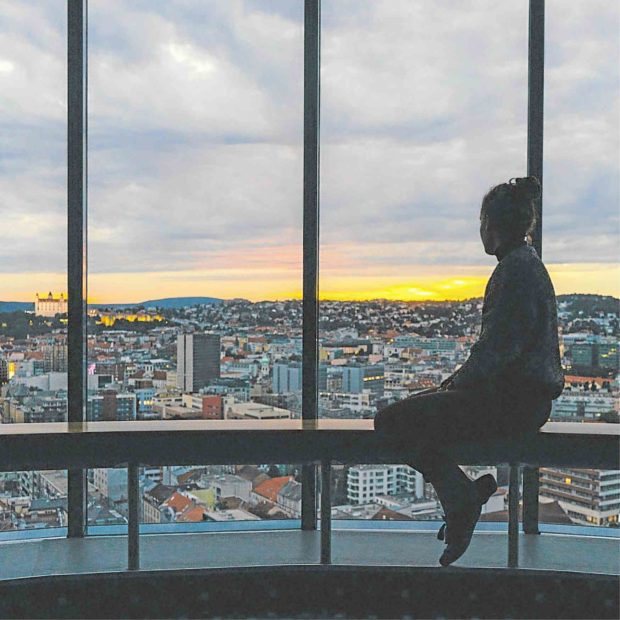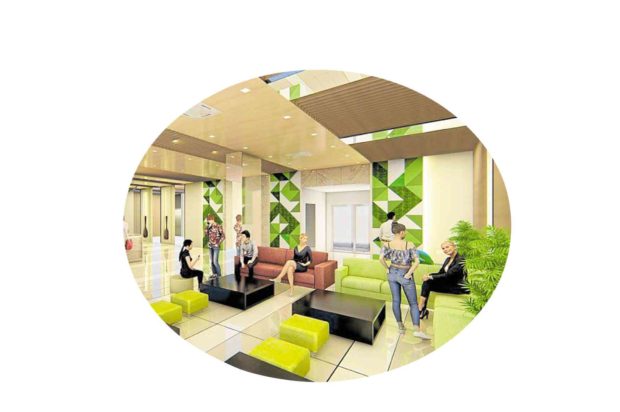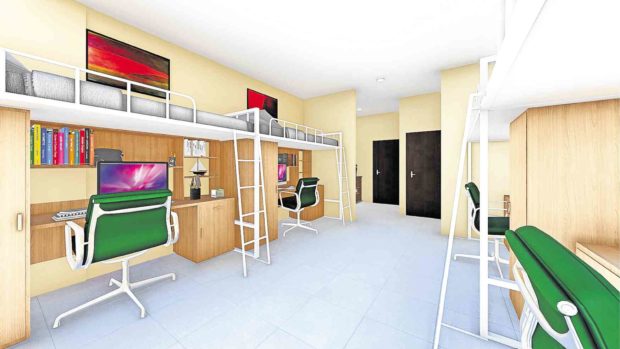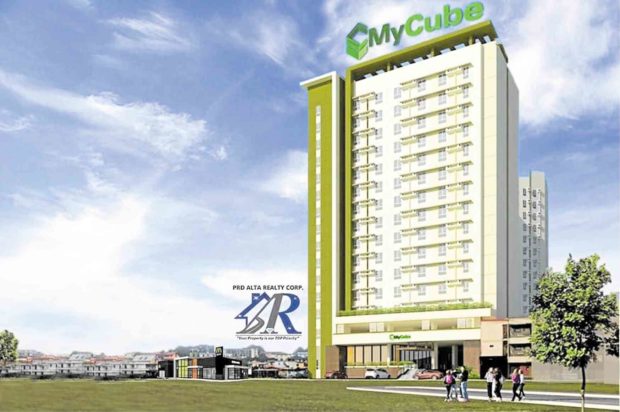A society of shared spaces

For many Filipinos, this means having to share a home with other people, usually in cramped and unhealthy spaces.
This common situation has resulted in the spread of slums, urban blight and other unsightly environments in the city.
Thankfully, developers are starting to take part in resolving these urban challenges. While land remains a limited resource, many real estate companies are starting to invest in planners to maximize the use of space. This has resulted in less focus on frivolities and a greater emphasis on meeting market demands.
Space is becoming less of a personal property and more of a community investment. By introducing shared spaces in the real estate market, more people get to live in better accommodations, thus improving society.
Challenges
Due to the urbanization of many Philippine cities, traditional homes are slowly being replaced by condominiums, apartments and other mass-housing structures.
While many of these make the most out of land, some unnecessarily provide features which benefit the few. This has led to an increase in costs, which render them too expensive for some potential buyers.
For example, some condominiums around universities and schools require rent that are beyond the typical student’s budget. These buildings are filled with beautiful amenities such as a swimming pool, a business center and a playground. If you’re a budget-conscious undergraduate, however, do you really need these amenities to help you survive in the city?

Why sharing could be the answer
Developers, however, are changing the game. While high rise condominiums remain popular, real estate companies are starting to introduce new building types that focus on serving the greater majority. Projects such as dormitels, condotels and other innovations are changing the way we approach housing.
By increasing common spaces, developers pave the way for improving private ones.
Beyond corridors and amenities, common spaces are now made to include areas which accommodate semi-public activities. These include the kitchen, the living room and in some cases, bathrooms. Turning these areas into shared spaces, developers gain more room to provide more bedrooms and living quarters.
As a result, more people can be housed in the facilities, increasing occupancy, reducing maintenance costs and maximizing land efficiency. Spaces are improved not in terms of quantity, but quality. Through the provision of shared spaces, these innovative homes turn living into a means of bringing together communities and reducing homelessness.
A new kind of dormitory
MyCube, a project developed by DataLand Residentials, is one such building that aims to change the way we live for the better. Situated in the emerging business hub of Biñan, Laguna, the dormitel has a mission of delivering “quality beyond the basics.”
As it is located near the University of Perpetual Help campus, Dataland’s latest offering is primarily focused on students. The project will house 633 residential units, more than half which will be leased out by the developer. Each unit can accommodate more than one student, and provides kitchenettes, study desks, beds and cabinets for each intended resident.

All units will be studio-type, with cuts ranging from 20 to 35 sqm. Beyond students, the units will also be made available to potential investors who want to make a living through renting out spaces. These ensure that the studios will benefit not only its immediate residents, but also society in general.
By providing people homes and a means of making a living, DataLand is turning the housing problem into an opportunity to earn for everyone.
Through these shared living spaces, DataLand encourages sustainability and efficiency in the residential sector. This will provide more comfortable and affordable units for students, actually catering to the prevalent needs in the area.
MyCube exemplifies a well-thought-out project, which delivers the necessities and strips off the extravagance to lower costs and improve efficiency. It has the capacity to contribute to urban regeneration, providing more homes to those who truly need them.

Sources: clhecorp.ph MyCube official FB page Rodolfo Quirós and Martin Péchy via Pexels.com

